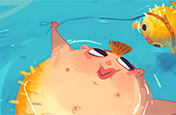Beginning a career in children’s book illustration.
Get tips on how to showcase your work and make connections that will help you break into the competitive field of picture books.
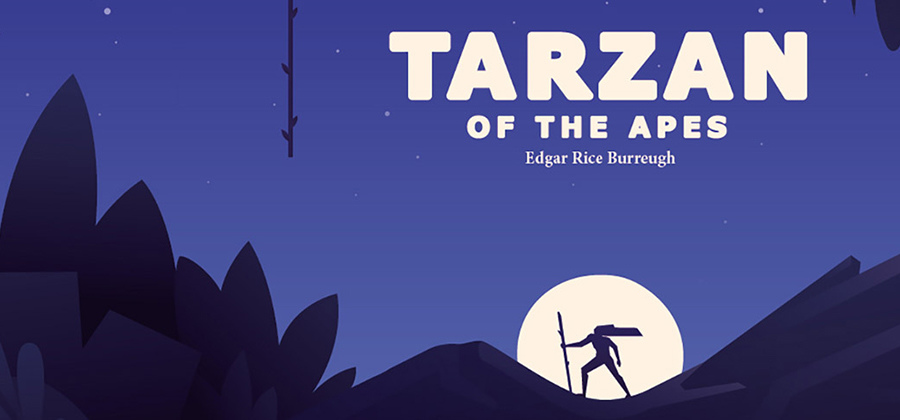
The art and business of making books for kids.
Illustrated children’s books may be short, but that doesn’t mean succeeding in the field is simple. The best kid lit appeals to both children and adults and remains entertaining even after multiple reads. While it may not be easy, it is possible to break into kids’ illustrated books. There are a few things to understand if you want to pursue a career in this industry.
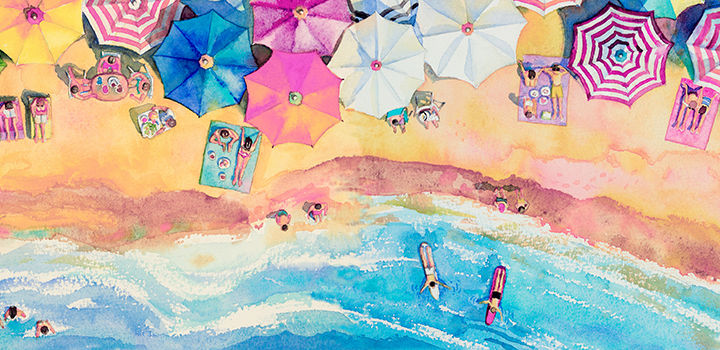
Understanding children’s books and your goals.
Art styles in children’s illustration vary from the cartoony linework of Dr. Seuss to the painted fantasy realism of Beatrix Potter. The story lines are similarly diverse. With such a broad gamut of possibilities, your first step is to define what you want to do.
“A lot of people don’t have anything beyond an idea for a story,” artist Lucas Elliott says. “But who is it for? What’s the art look like? How long is it going to be? How many words do you want the book to be: 500 or 5,000? That will determine what education level you’re pitching it to.”
Does your story or art fit better in a chunky word-free book for infants or in more mature illustrated young adult novels? Are you looking to do book cover art instead of interior page storytelling? Research what other artists are creating, peruse children’s book illustration work on Behance, and study what is being published. Chat with kids and adults to see what books resonate with them. All of this will help you begin to understand what work seems to rise to the top with an audience that can be as unforgiving as children.
“Some people think, ‘My books don’t engage with the audience because they don’t understand what I’m trying to say,’” Elliott says. “They may understand what you’re trying to say, but you’re just not doing it in a way that excites them.”
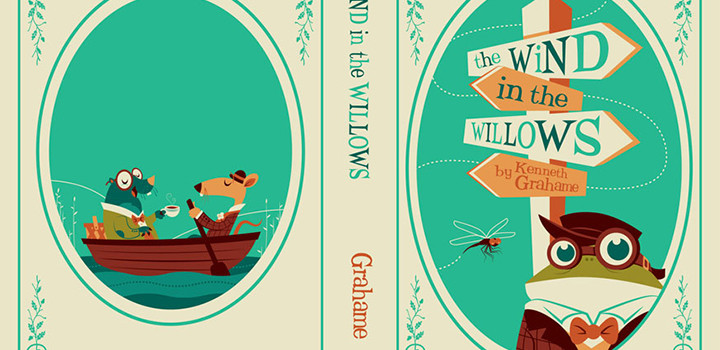
Connecting with a young audience.
While almost any art style can appear in a successful children’s book, a connection to the characters and easy-to-follow visual storytelling can make a big difference for readers. It’s difficult for any audience — including kids — to relate to a generic protagonist.
“Kids need to get attached to something in the book,” artist and writer Scoot McMahon says. “They get excited to see elements that repeat when they turn the page.”
A cat that causes mischief is a reality, but a cat that causes mischief and wears boots is the beginning of something more memorable. And without thousands of words to delve into a character’s backstory, readers are more likely to connect to a visually unique character.
“You want characters to have that extra little touch — whether it’s really vibrant hair or extremely rosy cheeks,” children’s illustrator Alyssa Newman says. “They need that one extra thing to help them stand out.”
Thinking about your art as a function of the story can help determine where to focus your efforts. A main character that emotes in a way a kid can relate to is a better reader-connection device than perfectly rendering every leaf on a tree in the background. Beyond your research into current kid lit, think about the books you remember most from childhood. Is it the rendering of the art you remember or the happiness on the silly face of the lead character dancing with his friends?
“You want characters to have that extra little touch — whether it’s really vibrant hair or extremely rosy cheeks. They need that one extra thing to help them stand out.”
For more insights, watch a few children’s book illustrators in action as they walk through their process:
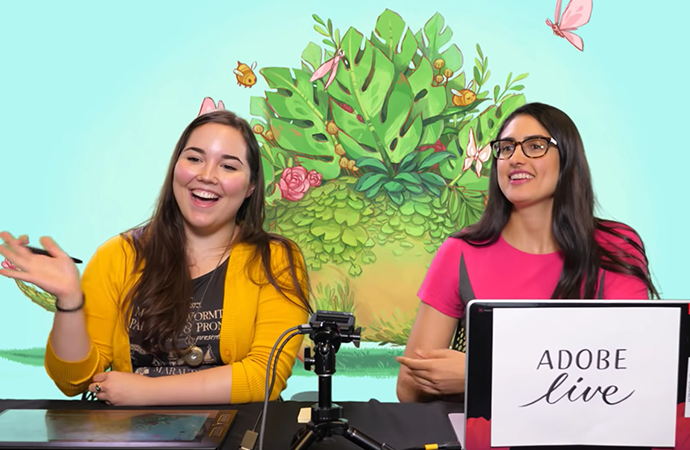
The Secret Garden spot illustrations.
See the classic children’s novel come to life as artist Anna Daviscourt takes a few pieces from sketch to fully colored art.
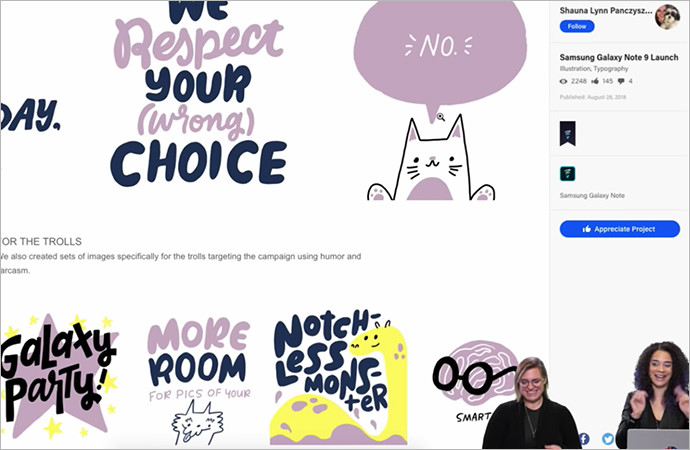
Harry Potter children’s book illustrations.
Artist Shauna Lynn Panczyszyn brings J. K. Rowling’s world to life and delivers firsthand advice on how she works.
Forging professional connections in kid lit.
In a field as competitive as children’s literature, building your network is very important. Online communities like the Society of Children’s Book Writers and Illustrators are a good place to start. They can help you build your network, find fellow creators to work with, and keep you up to date on the industry.
Having a portfolio that demonstrates your work is a must for getting hired, but it can also be a useful tool when working with writers. “If it’s a new client or writer I’m working with, I have them go to my site and pick pieces of artwork they like,” Newman says. “Based on that, I can better understand the direction they want.”
Communication is key when building collaborator relationships. An open dialogue will fuel the creative process and help both parties feel better about the process. Aligning with your vision for the project will ensure you’re working toward the same goal.
You’ll also need to make contact with agents and publishers. With many publishing houses based in New York and other metropolitan areas, you may need to travel to make face-to-face connections. Children’s book and comic book conventions can be great networking opportunities to further your career. “Bring your portfolio and be outgoing and friendly with agents and publishers,” McMahon says. “Ask for feedback. All of it can be helpful, even if it’s negative.”
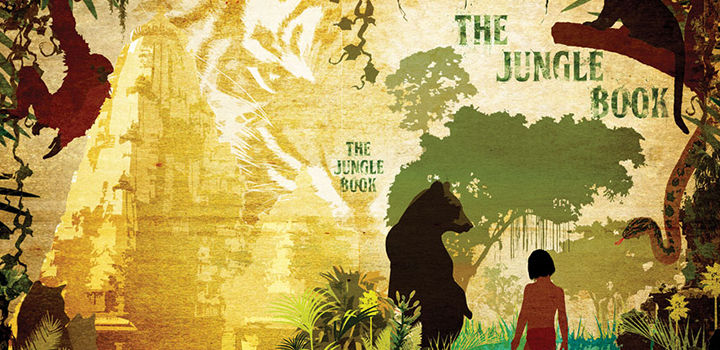
“Ask for feedback. All of it can be helpful, even if it’s negative.”
If travel isn’t something you can afford, connecting online or reaching out in other ways is a must. Pinpoint agents and publishers working on the type of books you want to publish and make contact. Your first dozen attempts may be met with silence, but the right timing of a polite email with a link to your portfolio can be the start of an important relationship for your career. Try to stand out while remaining respectful of the people you contact.
“Agents really enjoy receiving postcards from illustrators,” Elliott says. “They want to see a bit of your work, and it’s just nice to receive something in the mail that says, ‘Hi, I’m here. Let’s talk.’”
Sometimes landing a book deal is about bringing a fully formed project to the table, but keep in mind that some agents and publishers prefer to put the creative team together — pairing artists with writers and matching them up with certain projects. Investigate which publishers want you to approach them solo before getting in contact.
Even after putting in the hard work and making the right connections, timing is everything. You never know when your illustration style will appeal to a publisher ready to hire an artist. Continue to research the medium and market, make connections, and hone your artistic skills until the timing lines up. Perseverance is key, as getting published is a marathon, not a sprint.
Contributors
You might also be interested in…
How to become a professional illustrator.
Get tips on portfolio creation and art presentation to help you kick off a new career.
Take your skills to the next level with drawing exercises and advice from professional illustrators.
Exploring watercolor techniques.
Capture the flowing brush strokes and rich texture of watercolors with these tips.
Get tips on how to draw this challenging bit of human anatomy.
Get Adobe Illustrator
Create beautiful vector art and illustrations.
7 days free, then NIS 81.00/mo.
